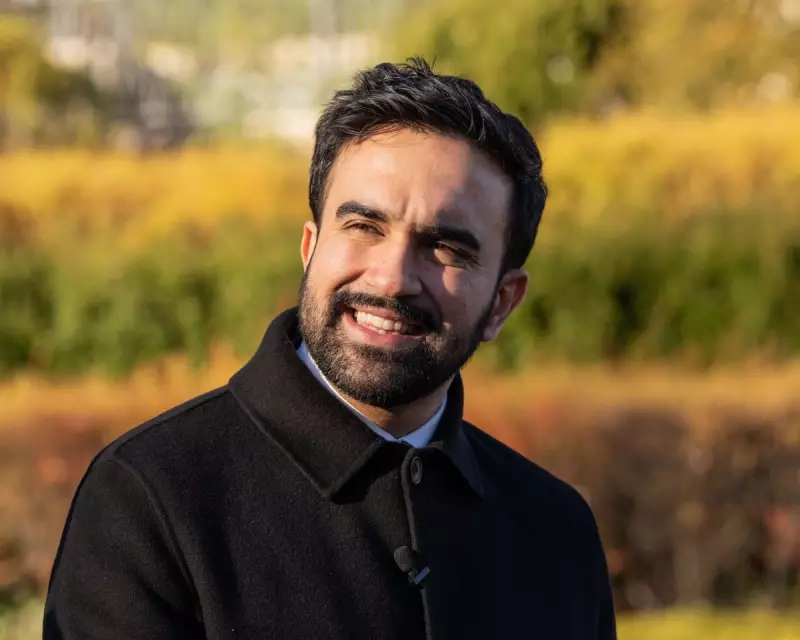
In a significant shift for American politics, the borough of Queens in New York has emerged as the nation's new political bellwether, replacing traditional heartland states that have lost their predictive power.
The Fall of Traditional Bellwethers
For decades, Ohio stood as America's premier political indicator, voting for the winning presidential candidate in every election from 1964 to 2016. Journalists regularly flocked to cities like Columbus and Cincinnati to gauge the national mood. However, this pattern shattered in 2020 when Joe Biden won the presidency without carrying Ohio, which has since turned deeply Republican. Other former battleground states including Iowa, Missouri, and Florida have followed similar trajectories toward the GOP.
Queens: A Microcosm of America
Queens represents an extraordinary demographic mosaic that mirrors the evolving face of America. With 2.3 million residents, it would rank as the country's fifth-largest city if independent. Nearly half of its population is foreign-born, creating an unparalleled diversity: approximately 25% white, 25% Latino, nearly 25% Asian, and 17% Black. An astonishing 140 languages are spoken throughout the borough.
The area boasts iconic landmarks including Citi Field, the USTA Tennis Center, and both LaGuardia and John F Kennedy airports. Culturally, it spans from the fictional Archie Bunker of All in the Family to contemporary star Awkwafina of Nora from Queens.
Neighbourhood diversity defines Queens: Flushing's downtown serves as a Chinese cultural hub, Astoria hosts one of the largest Greek populations outside Greece, Jackson Heights is known as "Little Colombia," while Woodside features a "Little Manila." Jamaica maintains substantial African American, Caribbean and Central American communities, and Long Island City has become a magnet for artistic professionals.
Political Shifts and Realignment
The 2024 election revealed dramatic political changes in Queens. While the borough remains Democratic, Kamala Harris won by only 24 points in 2024 compared to Joe Biden's 45-point margin in 2020. Trump gained significant ground in heavily Latino, Chinese, and South Asian neighbourhoods.
Multiple factors drove this shift: increased disorder following the pandemic, concerns about migrant influxes placing strain on local resources, rising crime complaints, and economic pressures from escalating rents and grocery costs. Many residents felt the path to middle-class stability was narrowing considerably.
Simultaneously, progressive politics gained traction. Democratic socialist Alexandria Ocasio-Cortez secured 69% of the vote in her congressional district covering northern Queens and the South Bronx. Meanwhile, state assemblyman Zohran Mamdani won his June 24 Democratic primary with a platform emphasising universal childcare, free buses, and rent freezes.
In the general election, Mamdani captured 47.3% of Queens votes, with political science professor John Mollenkopf noting that "some of the areas that have been trending towards Trump went for Mamdani." President Trump himself acknowledged this overlap, stating during his November 21 meeting with Mamdani that "a lot of my voters voted for him."
Media Blind Spots and Queens' National Significance
Despite these developments, national news organisations have largely overlooked Queens. The New York Times particularly failed to anticipate Mamdani's political strength during the mayoral race. The paper's editorial board dismissed his candidacy, while later publishing an investigative piece questioning his college application ethnicity selections.
As Margaret Sullivan noted in The Guardian, this created the perception that the Times was "on a crusade against Mamdani." Only after his victory did the paper acknowledge Queens' political emergence, wondering if the borough could become "the new Brooklyn."
With Ocasio-Cortez considering higher office and Mamdani's rising profile, Queens has established itself as a crucial testing ground for national political trends. New York-based journalists now have a bellwether within subway distance, eliminating the need for flights to midwestern states.
Queens has effectively become the new Ohio – a diverse, working-class laboratory where America's political future is being written in real time.





